
Randall Smith’s first foray into guitar amp building began as something of a prank. When repairing amps at the back of his San Francisco music store in the late 1960s, Randall was commissioned to hot-rod an unassuming Fender Princeton combo, turning it into a 100-watt wolf in sheep’s clothing, guaranteed to give its owner a fright to remember.
But before the amp reached its new owner, a passing Carlos Santana was persuaded to try it out, reluctantly at first, but on the assurance that this was no ordinary Princeton.
His oft-quoted reaction was: “Man, that amp really boogies!” Many ‘Princeton Boogies’ would follow, leading to Randall creating his own Boogie Mark I in 1972. By now, Santana and The Stones were enthusiastic users and this, along with the undeniable quality of the amps, helped establish a reputation that still goes from strength to strength today.
Since 1980, all Mesa products have been made in Petaluma, California. This includes the famous Dual/Triple Rectifiers and the Mark Series, of which the Mark VII incorporates many notable features. In fact, you could say this is a ‘greatest hits’ of the Mark Series, all rolled into one amp.
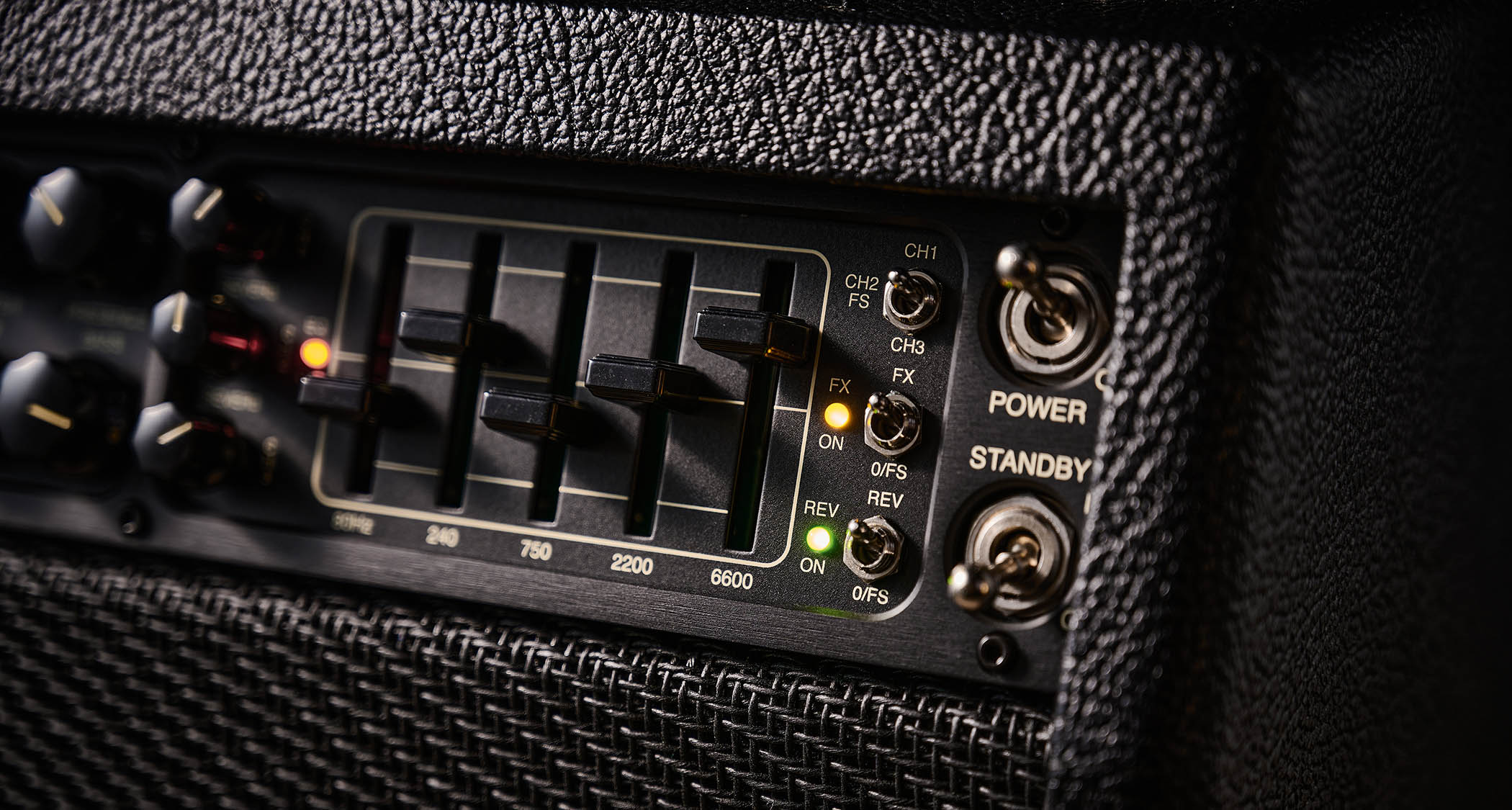
To say an amp can achieve any sound may seem a rash claim, but we’d wager you won’t get closer to that possibility than with the Mark VII. There are three channels, each with three modes, three-way switchable output power and Mesa’s own discrete spring reverb control.
Each also has its own four-band EQ (Bass, Mid, Treble, Presence) and can be routed through the onboard Graphic EQ – or not, as you prefer.
There’s even a choice of several excellent cab IRs (Mesa’s own CabClone IR interface is built-in) for recording, DI or silent headphone practice. We can attest that these sound as good as any we’ve heard, and you can assign a different IR to each channel if you wish.
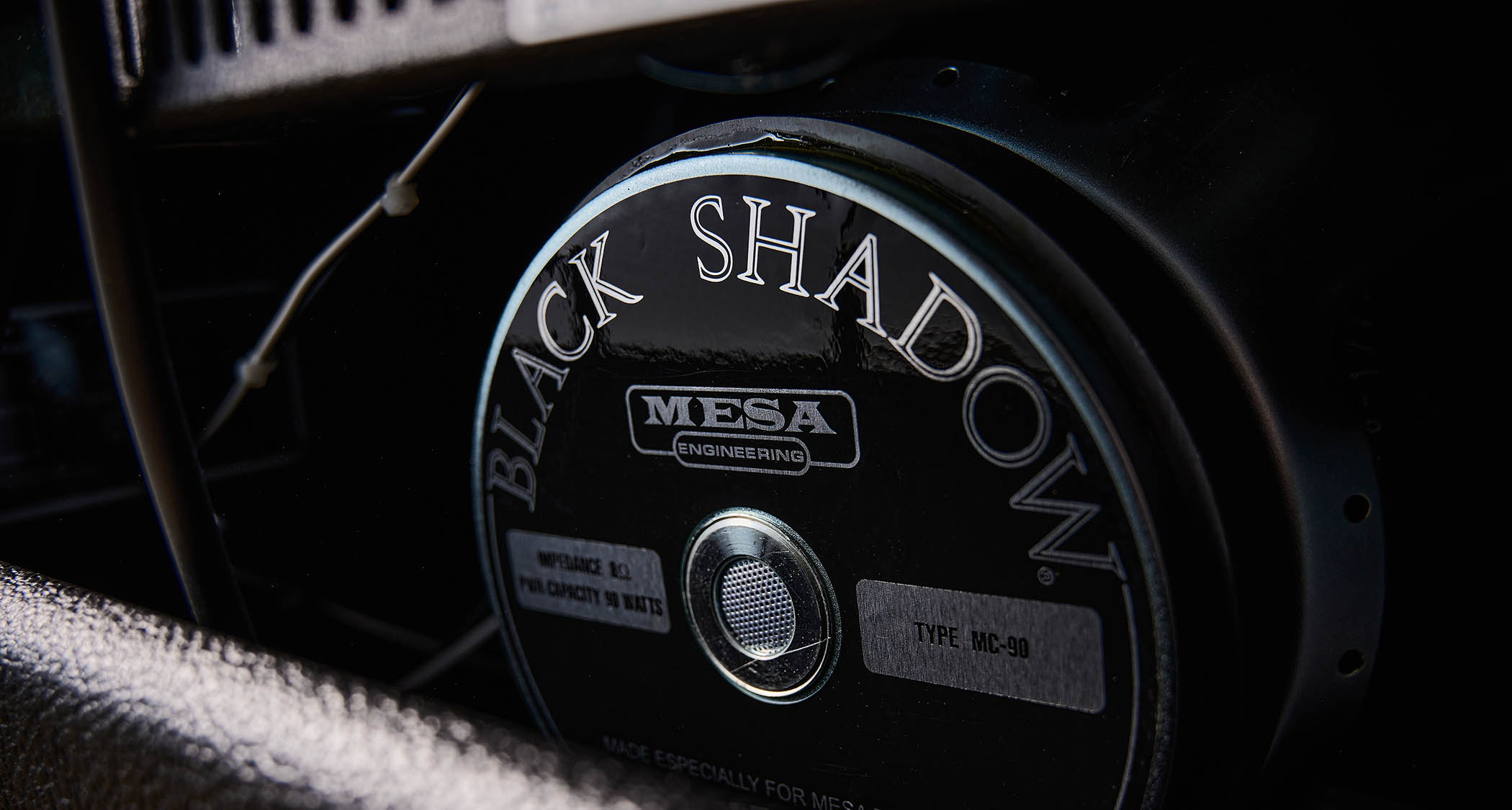
Sounds
As you might expect, there’s the facility for crystal cleans up to ultra-high gain, with thousands of possibilities in between, all delivered with impeccable focus and clarity. The detailed instruction manual is very helpful, too, and gives some excellent advice on how to get the best from the Mark VII, which can also be applied to dialling in many other amps. Next, then, let’s examine those three channels…
Channel 1, with its Clean, Fat and Crunch Modes, is where the clean to medium-gain tones live. The most sparkly/tight tones are achieved with the gain set below 11 o’clock, warming up a little at two o’clock.
Moving beyond this warms and loosens things up further, and adds low-end. On gainier tones, keeping the bass set low and adding in extra lows with the Graphic EQ at the end of the signal chain is a great way to keep the bottom-end tight.
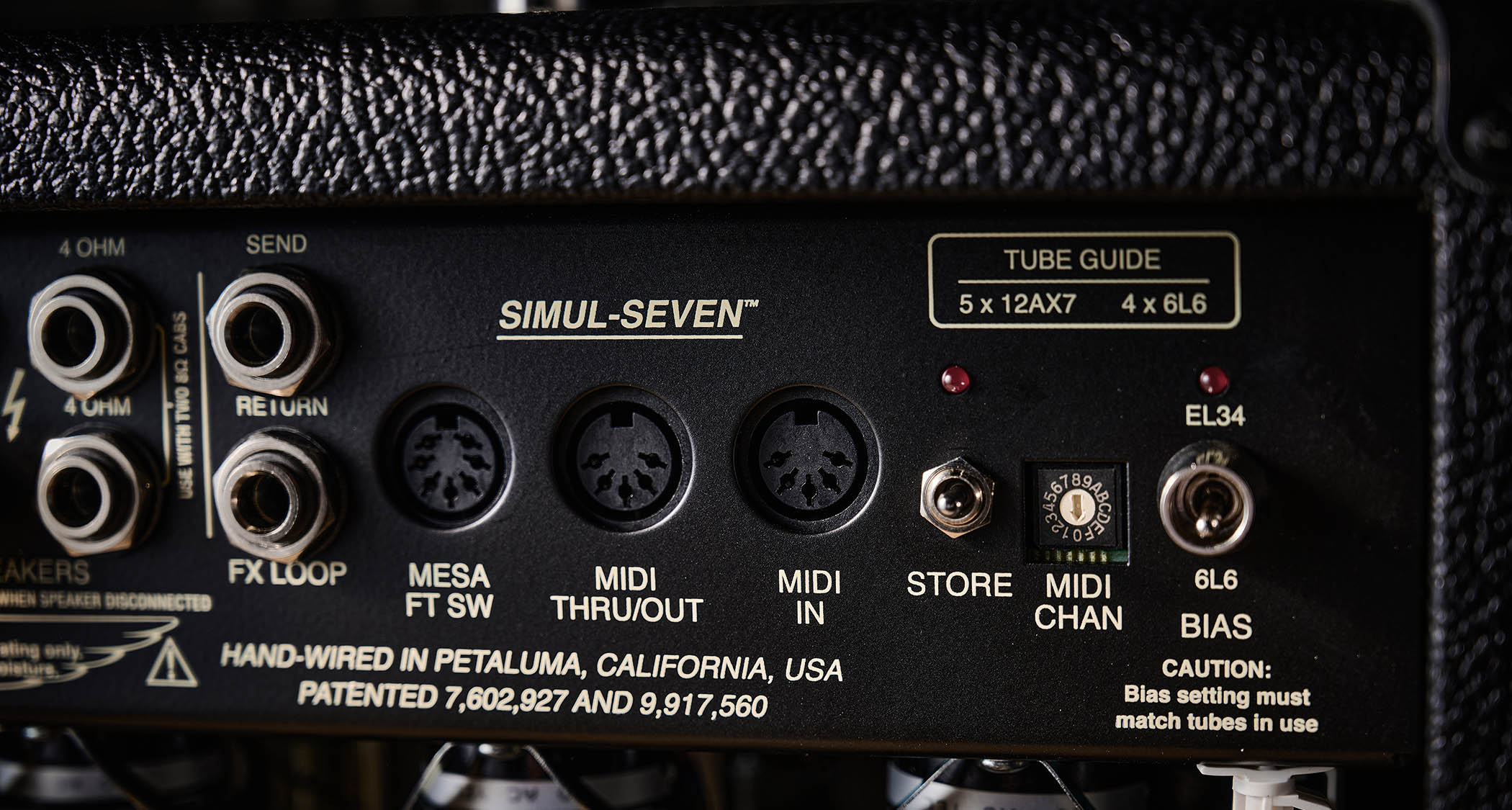
Switching to Fat mode gives us fuller bass and mids, a bit like turning off a bright switch. There’s more potential to gently drive for ‘pushed’ sounds that retain every note of a chord. Humbuckers prefer less bass in this mode, which is to be expected; Crunch takes us a step further. With the gain between 12 and two o’clock, there is what Mesa calls “classic British territory where chords break up more smoothly and evenly, yet with urgency”. We’d concur!
Below the Mode switch we have another, offering the option to auto select/disable the Graphic EQ when using the (included) footswitch. Squeezed below this is the three-way Power Select switch, offering a choice between the full 90-watt Simul-Class, 45-watt Class A pentode or 25-watt Class A triode, which uses only two of the four 6L6 power amp valves. Each has its own sound, with the tightest/boldest being the 90-watt.
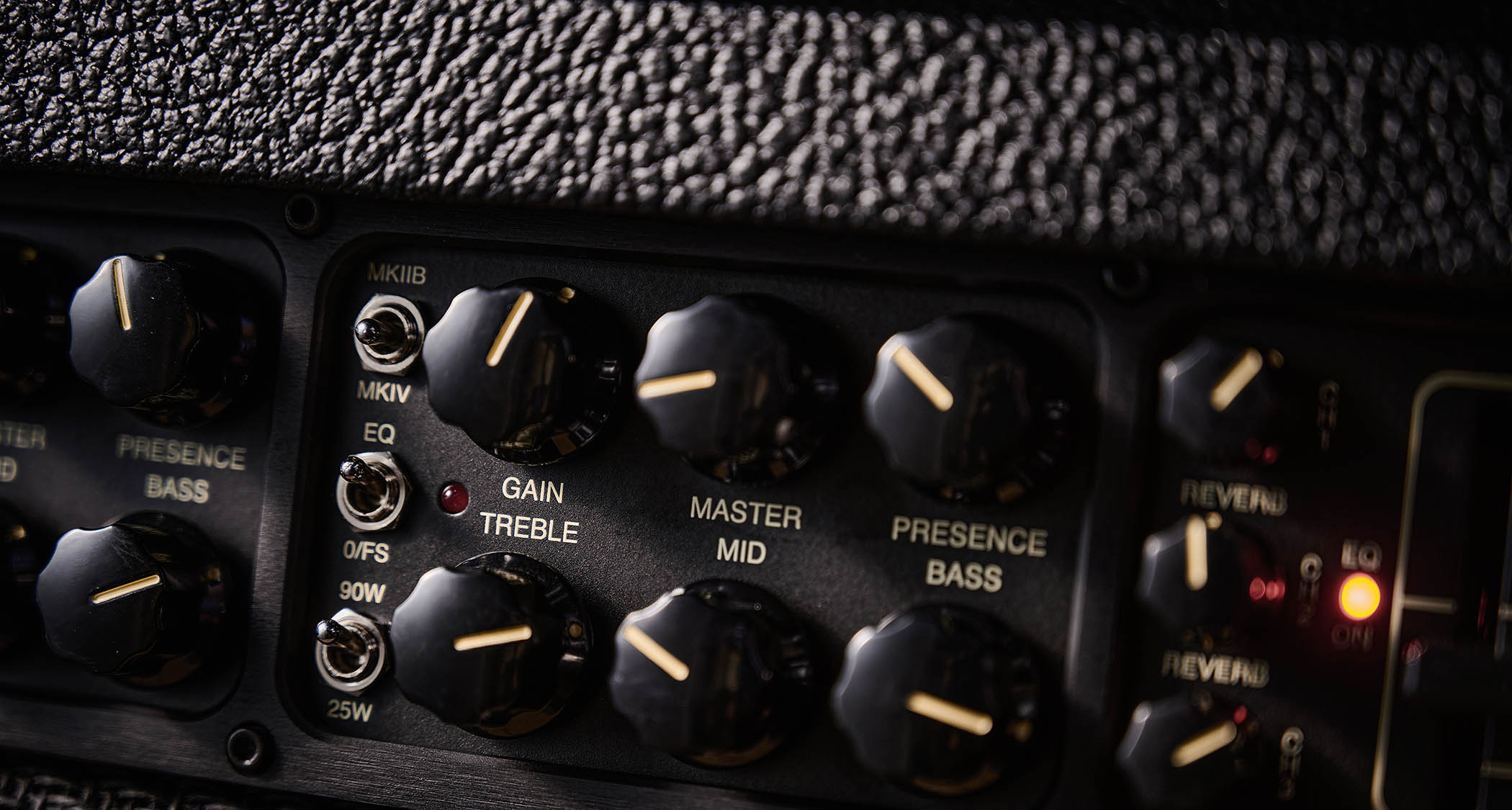
Moving to Channel 2, the controls here are identical to Channel 1, except for the three modes: Fat, Crunch and the brand-new Mark VII mode. The Fat and Crunch modes function identically to Channel 1, with this duplication meaning you don’t have to choose either/or.
However, the Mark VII mode is where we first hear Mesa’s latest version of its signature focused high-gain loveliness. From a “Brit-style colour” with the Gain set between 10 o’clock and 11:30, to a hybrid between the previous Mark Series and more British-sounding circuits such as the Triple Crown, this mode has more pronounced mids and sounds great without the Graphic EQ, perhaps leaving it free for the other channels.

Once again, Channel 3 has a full complement of EQ, Reverb and power modes, but this channel brings the Mark IIB, Mark IIC and Mark IV modes. The Mark IIB mode is the least saturated, giving what Mesa calls ‘Turbo-Traditional’ sounds, preserving the character of your guitar, rather than all-out heavy drive.
The Mark IIC mode is more saturated, as the Treble Shift function of the Mark II+ is duplicated, giving us that sound, which has characterised so much great rock music. The Mark IV mode notches this up a step further, with thicker gain and more low-end. Though this does excel at the heavier tones, there are quite a few tasty lower gain tones in there as well.
Verdict
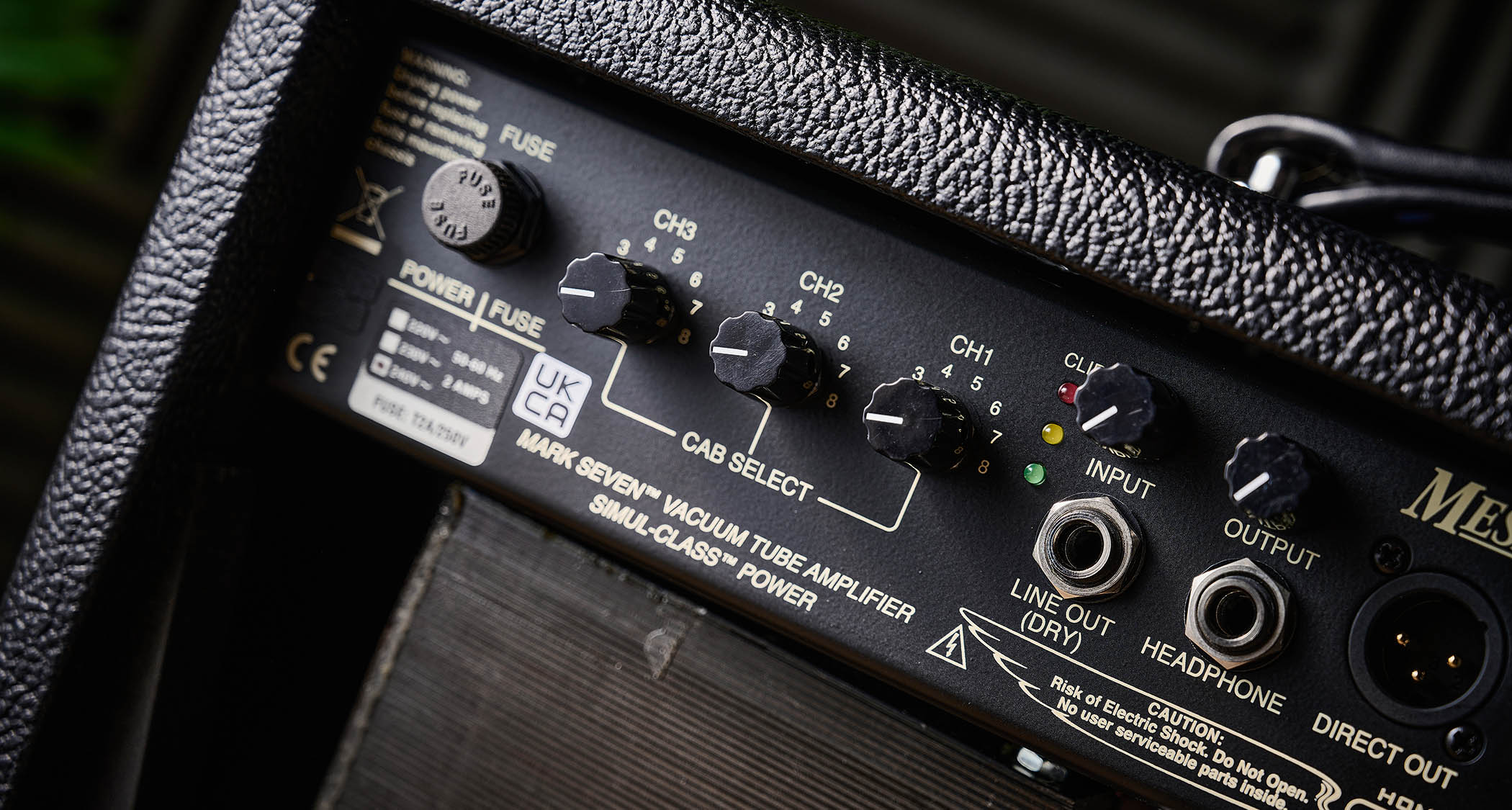
If you’re paying $3,799/£4,199, you would rightly expect an incredible amp, and we’d certainly say that is true of this latest Mark VII. It can genuinely hold its own in any genre, with an amazing amount of projection, spread and thump from such an unassuming looking 1x12 cab. Obviously, there are options to hook up to extension cabs, but we really didn’t feel the need.
In this era of quiet stages and portable multi-effects, some might say the era of the valve amp is waning. But with tones of this calibre available... we’d say that’s not going to be happening just yet
Yes, there are a lot of controls/options, but the basic tones are fantastic and there is plenty of helpful, practical advice in the manual. In this era of quiet stages and portable multi-effects, some might say the era of the valve amp is waning.
But with tones of this calibre available without having to scroll through a single menu, on top of the ability to connect via USB and use top-quality IRs, we’d say that’s not going to be happening just yet: the direct tones stand up to market-leading amp modellers with their heads held high.
You couldn’t really put the Mark VII in the hold of a plane, but it does comfortably fit in any car. At 26.4kg (58lb), however, you won’t want to carry it long distances, but it’s not much heavier than a Blues DeVille and does come with heavy-duty castors.
For international travel, then, we might go for the rackmount version, but as a stage/studio amp in any other scenario, it’s hard to imagine why you wouldn’t want one.
Specs

- PRICE: $3,799 / £4,199
- ORIGIN: USA
- TYPE: 1x12 multi-function combo amp
- VALVES: 5x 12AX7, 4x 6L6 (or 4x EL34 using bias switch)
- OUTPUT: 90W (45W or 25W via power switches)
- DIMENSIONS: 476 (w) x 292 (d) x 463mm (h)
- WEIGHT (kg/lb): 26.4/58
- CABINET: Marine-grade Baltic birch
- CHANNELS: 3, with 3x preamp/power amp modes on each
- CONTROLS: Bass, Mid, Treble, Presence, Gain, Volume, 3x Reverb, plus extra modes and switchable Graphic EQ
- FOOTSWITCH: Included, controls channels plus reverb, loop and EQ
- ADDITIONAL FEATURES: The Mark VII has an effects loop and is compatible with MIDI footswitching devices for further versatility on the fly
- OPTIONS: Custom cabinet finishes, EL34 or 6L6 power option
- RANGE OPTIONS: Head and Rackmount Head also available, both £3,849
- CONTACT: Mesa/Boogie







